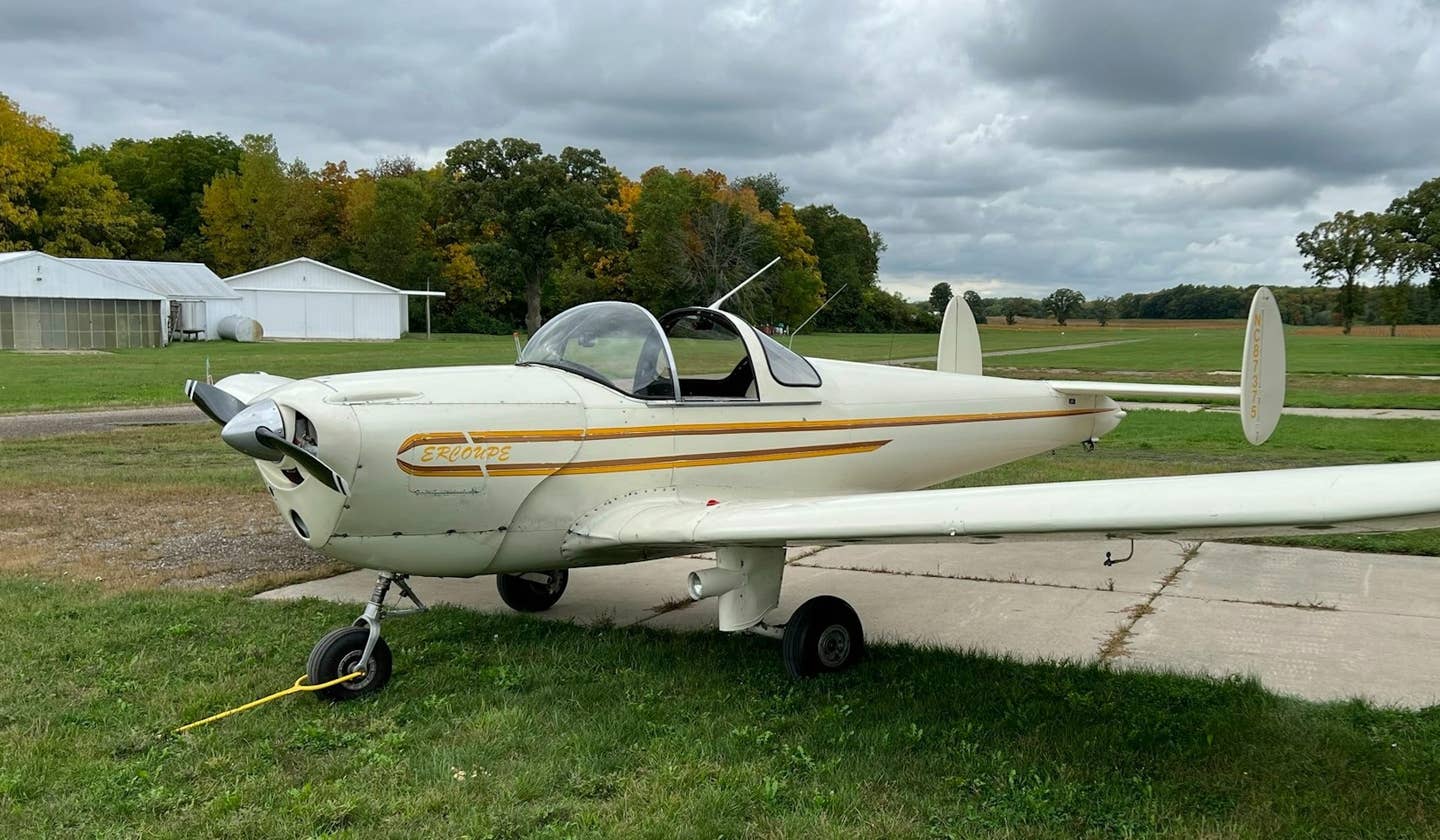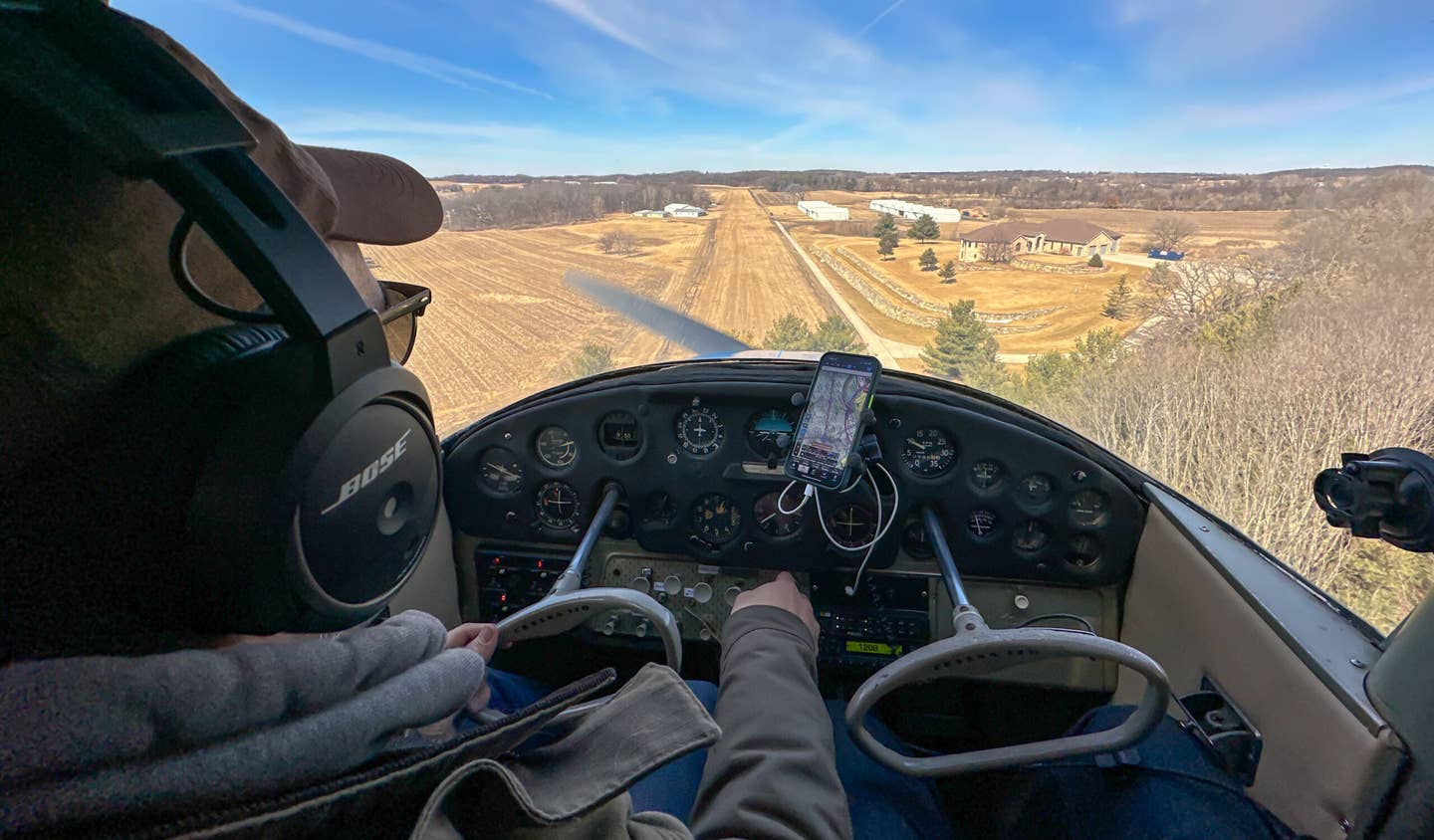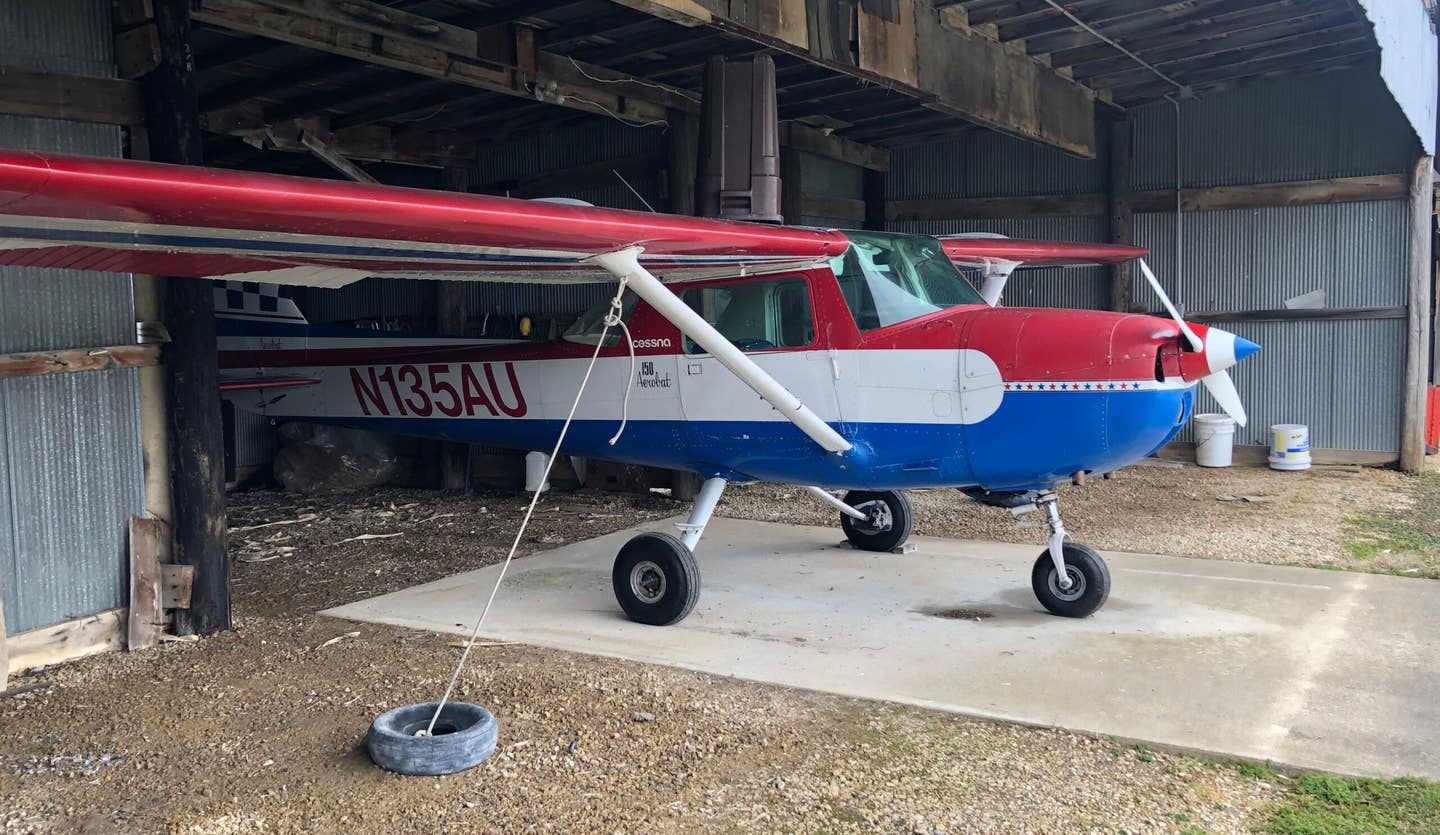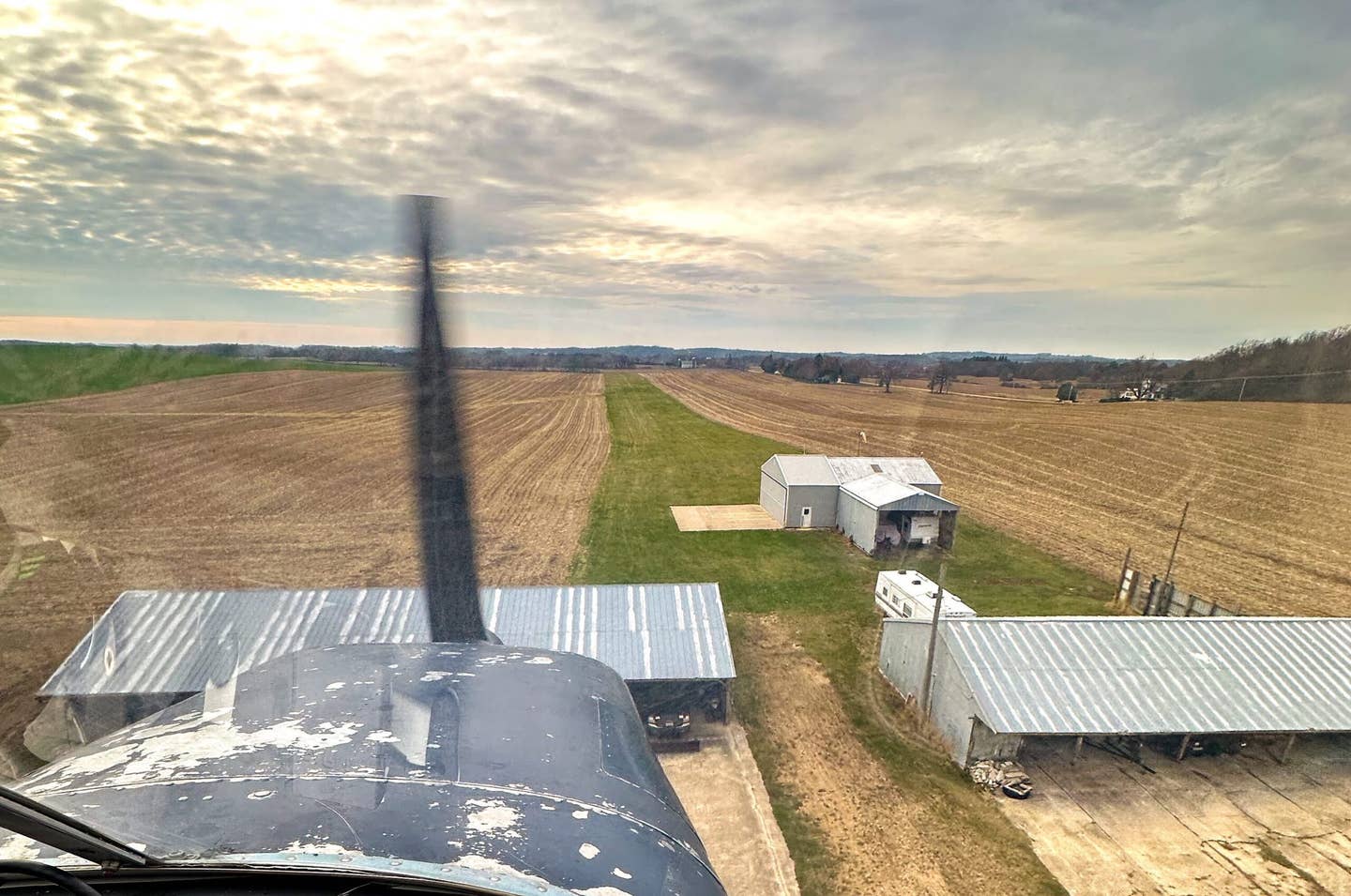Doing the Safety Dance
While cool accessories are fun, don’t forget the gear that can make your aircraft safer.
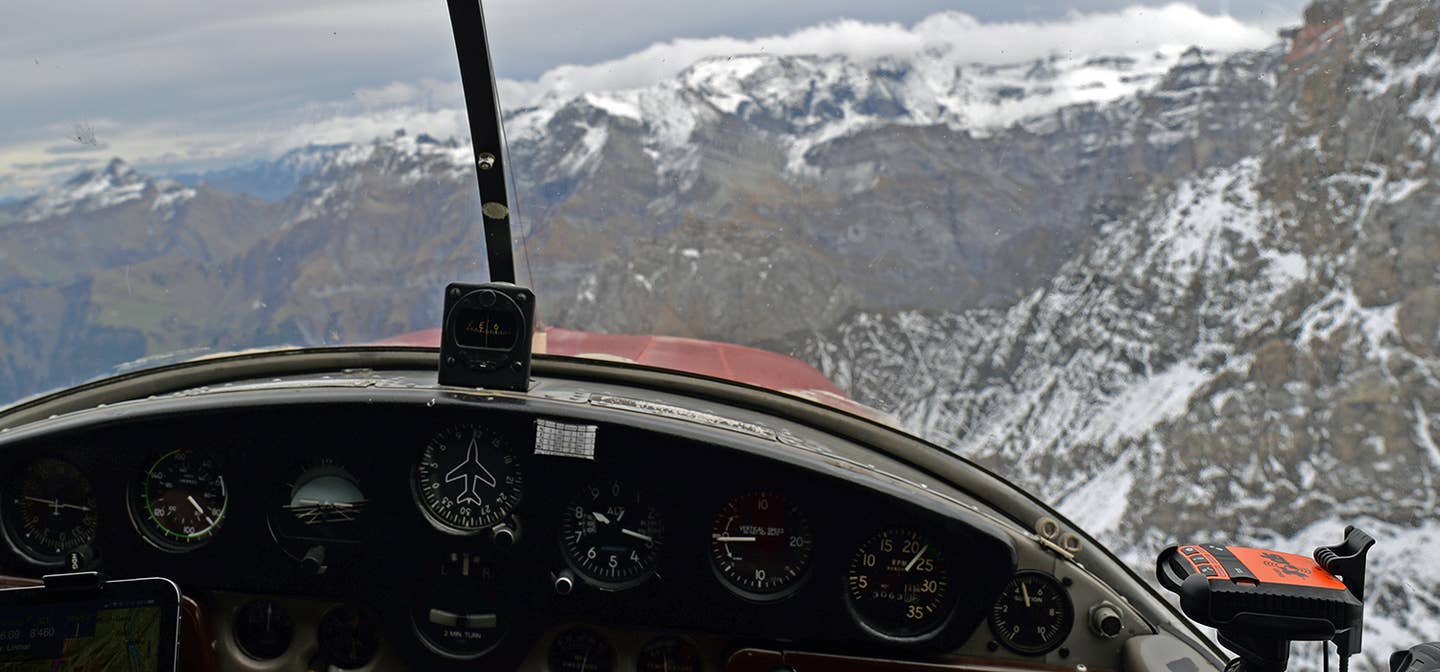
Whether venturing over mountains or just to a nearby grass strip, investing in parts and accessories that improve safety is a wise move. [Credit: Jason McDowell]
If nothing else, an airplane is an excuse to buy cool parts and modifications. From the latest avionics to mission-specific mods like tundra tires and STOL kits, every airplane is a blank canvas, ready to be crafted into a unique, one-of-a-kind creation that’s perfectly set up for one’s specific vision.
I’ve certainly been infected with the accessorizing bug. Before I even found an airplane to purchase, I had compiled an entire spreadsheet dedicated to future potential mods, complete with columns for parts costs, labor costs, and their order of priority. Like Ralphie lusting over his official Red Ryder, carbine-action, 200-shot, range model air rifle, I set my sights on the coolest parts and constantly envisioned myself enjoying them on various adventures.
It’s easy to become fixated on the coolest mods while the more prudent ones, namely, those related to basic safety, fall to the wayside. Older aircraft in particular tend to lack some of the more critical safety features, and it’s wise to take a step back and evaluate your new machine through the eyes of self-preservation before embarking upon a journey of accessorizing gluttony.
Accessories Everyone Needs
Call it a safety audit. But really, it’s an entirely valid excuse to learn about your airplane and become a safer pilot. It’s also a convenient way to justify the purchase of more airplane mods to yourself and to any loved ones with whom you may share a bank account.
One of the most glaring omissions we see with older aircraft also happens to be one of the most easily addressed: shoulder harnesses. This was at the very top of my list. For decades, the automotive industry has recognized how incompatible metal instrument panels are with the human face, and it has addressed the danger appropriately. But whether hindered by cost or inconvenience, many owners of older aircraft have never made the effort to install them, and have continued to fly with only lap belts. The sad result? Preventable injuries and even deaths that occur at absurdly slow speeds, during incidents that would otherwise be considered minor.
Fortunately, shoulder harnesses are not terribly expensive to install. For about $200 per seat, the basic fixed version can be purchased for most aircraft types, and installation is usually fairly straightforward, requiring only about a couple of hours per belt.
More advanced, inertia-reel belts are also available, and for certain types, they make a lot of sense. In the case of older Cessnas, basic fixed shoulder harnesses prevent you from easily reaching the floor-mounted flap handles. Every time one desires to lower or raise the flaps, the shoulder harness must be loosened and then re-tightened.
I find this to be pretty distracting and opted for the nicer inertia-reel belts which, like your car, allow you to lean forward freely. They then take up the slack when you return to an upright position. At roughly $2,000, these belts are about 10 times more expensive than the basic ones. To me, it seemed worth it, and I ordered a set before ever taking delivery of my airplane. Now, I’ve eliminated a distraction that would otherwise have occurred during relatively critical stages of flight…on every single flight.
Other Cessna-specific modifications that are simple but critical are secondary seat stops. Over the decades, worn parts and/or improper maintenance can cause the fore and aft seat adjustment mechanisms of Cessna seats to fail. If this happens during takeoff, the seat can slide backward uncommanded, pulling the pilot away from the controls with potentially fatal results.
To prevent this from occurring, Cessna has provided small inertia reels that mount to the underside of seats. But a number of manufacturers also offer compact secondary seat stops that restrict rearward motion if the seat lock fails. These start at less than $100 each and are a very simple solution to a potentially serious problem.
Better vision is something that’s always desirable, and one of the simplest ways to improve your vision in flight is to install great sun visors. If older aircraft have sun visors at all, they’re often the original ones installed at the factory. These are small in size and are often difficult to position properly. As I learned years ago in an old Cessna 182, they wear out, flop and pivot around at the worst possible times, and create another unnecessary distraction to the pilot.
Up at the top of my own list of necessary safety improvements was a set of Rosen visors (disclaimer: Rosen provided me with a set to review for a position unrelated to FLYING). These are far larger than the flimsy stock visors, and best of all, they’re translucent. So they can be positioned directly in your field of vision without obstructing it. The hardware is solid machined aluminum, and they are easily and precisely adjusted without ever falling out of your desired position.
Do Your Work
Many other important safety modifications are specific to each aircraft type, and some research is necessary to discover which apply to your own airplane. Fortunately, digging into the technical details of your airplane is educational and also rather enjoyable.
With any luck, you will have found a mechanic intimately familiar with the nuances and trouble spots specific to your type, and all of the known problem areas have been thoroughly inspected. But even if this was indeed the case, it’s a good idea to join your aircraft’s type group to learn what less-obvious concerns might have fallen through the cracks.
Some types have a vibrant, well-organized owner’s group with correspondingly thorough technical discussion and documentation. Others have only a simple Facebook group for owners to exchange ideas and information. Regardless of how expansive the group is for your own type, membership and participation is hugely beneficial.
Discussions among members commonly identify and address emerging issues before they become dangerous problems. A quick monthly check-in to the group’s discussion forum can keep you abreast of such issues while educating you about your aircraft.
This sort of investigation can uncover some great opportunities to make your airplane safer, from strengthened landing gear axles to more reliable braking systems to the removal of systems that are more problematic than useful. In the end, a thorough evaluation of your airplane’s safety features—or lack thereof—is time and money well spent.

Sign-up for newsletters & special offers!
Get the latest FLYING stories & special offers delivered directly to your inbox

